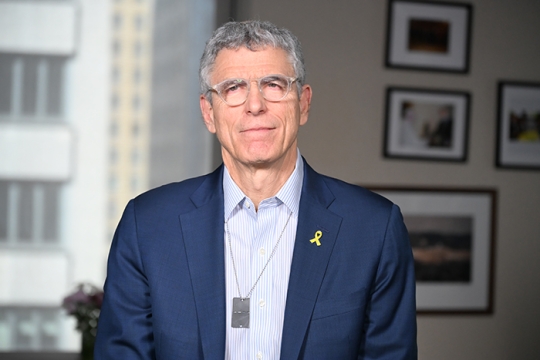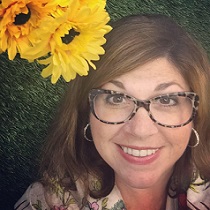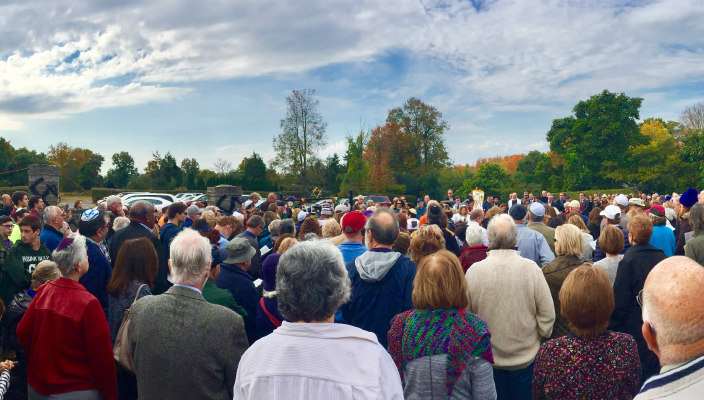
There’s a program we created at URJ Kutz Camp titled, "What I Go to the Wall For." It gives members of our community the opportunity to think about the issues and values that are most important to them and the ideals on which they will not waiver. Participants’ meaningful and diverse responses have included such important topics as marriage equality, economic justice, gun violence prevention, women’s rights, interreligious understanding, family, and community.
The program then guides learners to think about how to advocate for those topics in a productive and healthy way, using the concept of a visit to the Kotel as the model – literally “going to the Wall.” The parallels between how we advocate for the things in which we believe so deeply and how we experience a visit to the holiest place in our Jewish experience teaches us so much about communication, human interaction, resilience, determination, and the opportunity to think differently.
The reality is, we go to the wall for things we believe in every day.
Last Sunday, I had my own particularly remarkable experience of going to “the wall.” It was an incredible outpouring of solidarity and support when more than 300 local residents, clergy, law enforcement, civil servants, and community dignitaries joined together at the wall of the cemetery of Temple Beth Shalom of Florida, N.Y.
One week prior, here in Warwick, N.Y., on the eve of Yom Kippur, the cemetery walls were desecrated with signs of hate – swastikas and rhetoric embraced by Nazis. This abhorrent act shook our local Jewish community to its core, and this “little shul that could,” under the determined leadership of Rabbi Rebecca Shinder, rallied to support one another and warmly embraced strangers in their midst with open arms and open hearts. It was breathtaking, and it embodied everything we talk about when “going to the wall.”
Out of love and compassion for a community we have called home for years, URJ Board of Trustees member Andrew Keene and I went to the service of healing at the cemetery wall. We’d been in touch with synagogue representatives during the course of the week, supporting them in the best way we knew how during those challenging days. What we experienced at the wall was emotion in its purest form. It was raw and real – people representing all walks of life, race, religion, nationality, standing hand in hand, wiping each other’s tears, hugging one another the way you hug someone you truly love, and speaking not about what was, but about the opportunity to educate, elevate tolerance, and build community.
I left that wall changed. What became clear, on a beautiful Sunday morning in Warwick, was that a wall covered in hate became a bridge between two incredibly sacred spaces – the eternal resting place for so many who called Warwick home (including some who were Holocaust survivors themselves) and the ground for conscious opportunity, for a different kind commitment to partnership to ensure that this never happens again.
In that moment, our wall gave hundreds of people, myself included, hope and a collective vision for our shared future.
For more information about the incident in Warwick, please watch this video by the Hudson Valley News Network, which includes interviews with many of our local teens.
Have something to say about this post? Join the conversation in The Tent, the social network for congregational leaders of the Reform Movement. You can also tweet us or tell us how you feel on Facebook.
Related Posts
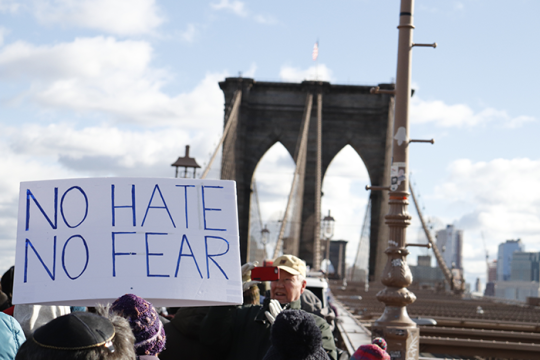
Five Definitions of Antisemitism
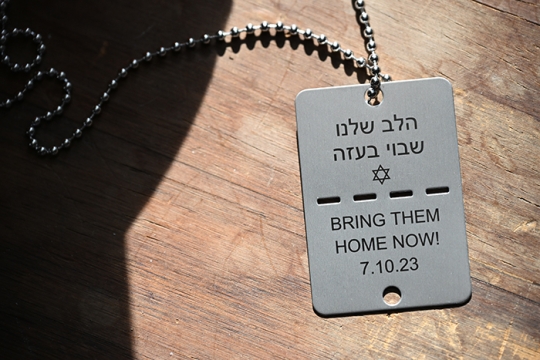
URJ and Israel: Post-October 7th Updates and Resources
